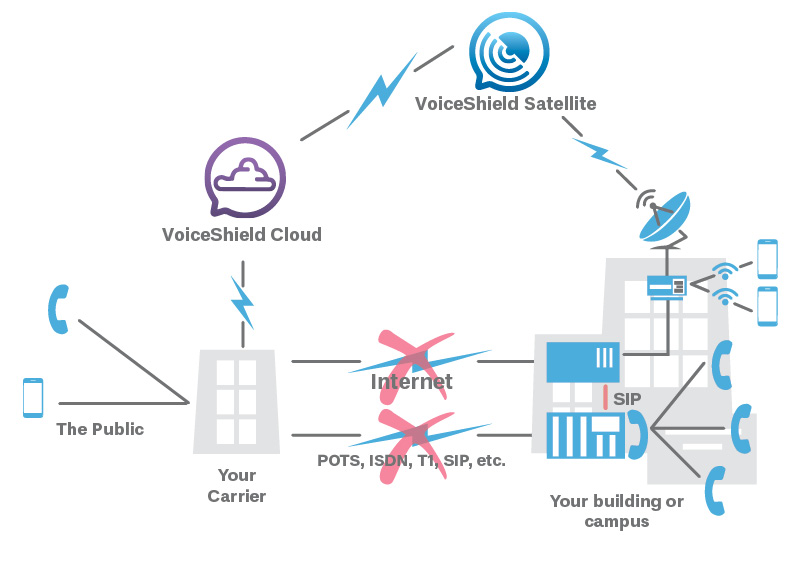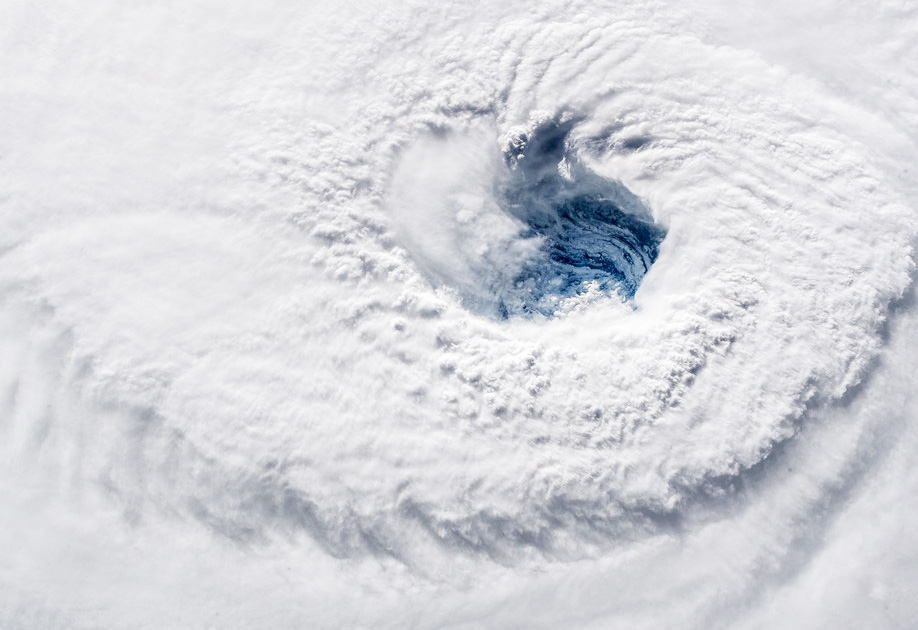The current environment of pandemic isolation, civil unrest, extensive atmospheric threats, tropical storms, hurricanes, enormous, widespread wildfires, and incidental, unplanned network outages broaden the subject of hazard issues we all need to consider, evaluate and discuss as a means to broaden our “adaptive capacity”.
The business environment is now dominated by location diversity, distributed operations with increased dependence on reliable, high capacity, flexible, and dependable communications networks. Likewise, education and medical facilities are employing network-based interaction between teachers, professors and students, doctors, hospitals, clinics, and patients. Even government and public safety are more dependent on uninterrupted broadband interconnections to serve their communities.

How we can help:
Teleira, from its inception as Disaster Recovery Center, has been focused on communications’ “sustained co-existence with a hazardous environment.” Our cloud-based platform, geo-diverse accessibility, and extensive, configurable service features provide the ”adaptive capacity” foundation on which to vet each hazard, have the discourse, and develop an emergency communications plan that, “over time, become established within the fabric of your society.”
Never has adaptability been a more important disaster contingency planning prerequisite. As I write this blog post Hurricane Sally is making landfall in Pensacola, FL Mobile and Biloxi, AL with 45-50+ mph winds, storm surge, heavy rain, and flooding. Yesterday’s CNN and ABC news headline read “Atlantic sees 5 simultaneous tropical cyclones for the 2nd time ever”. All these storms may become unpredictably more dangerous due to”intensification,” a term/condition I first became aware of in the USA Today article “Hurricane Laura could undergo ‘rapid intensification’ before landfall. Here’s why that could be so dangerous”.
“…true resilience is only attainable by building a societal culture of adaptive capacity to coexist with otherwise disruptive hazards… this starts from hazard issues being the subject of community discourse that supports choosing to develop adaptive capacity… It also involves ensuring that the choices that reflect the substance of this discourse are translated into beliefs and behaviors that, over time, become established within the fabric of society… When such values are established, societies and their members lay the foundation for a destiny that includes a capacity for their sustained co-existence with a hazardous environment.”
-David Johnston and Douglas Patton, Disaster Resilience, an Integrated Approach
Story Higlights & Excerpts
- Rapid intensification is typically defined to be a tropical cyclone intensifying by at least 35 mph in a 24-hour period.
- Seawater in the Gulf is plenty warm, forecasters said, in the neighborhood of 86-88 degrees.
- Laura had maximum sustained winds of 75 mph and is forecast to increase to 115 mph in 36 hours.
The conditions ahead of hurricane Laura favored rapid intensification. “The phenomenon is typically defined to be a tropical cyclone intensifying by at least 35 mph in a 24-hour period according to Colorado State University meteorologist Phil Klotzbach. Hurricane Hanna rapidly intensified in the Gulf before landfall in Texas this year. Hanna’s maximum sustained winds jumped from 45 mph to 85 mph in 24 hours. The intensification occurred right up until it made landfall as a strong Category 1 with 90-mph winds. In 2018, Hurricane Michael rapidly intensified as it approached the northern Gulf Coast, and Hurricane Harvey did the same in 2017 The obvious problem with (rapid intensification) is the storm does not appear to be a significant threat until it’s too late, greatly stressing any preparation and evacuation plans,” McNoldy said.
“Storm approaches: Hundreds of thousands ordered to evacuate as Hurricane Laura forecast to hit Gulf Coast as a ‘major’ Category 3 storm”
-David Johnston and Douglas Patton, Disaster Resilience, an Integrated Approach
These hazards do not just affect coastal areas. Heavy rain, flooding, and even tornados may be spawned hundreds of miles inland. Teleira VoiceShield Cloud provides a comprehensive platform to prepare, configure, and exercise infinite ‘adaptive’ emergency communications plans to mitigate any hazard scenario as it evolves.
